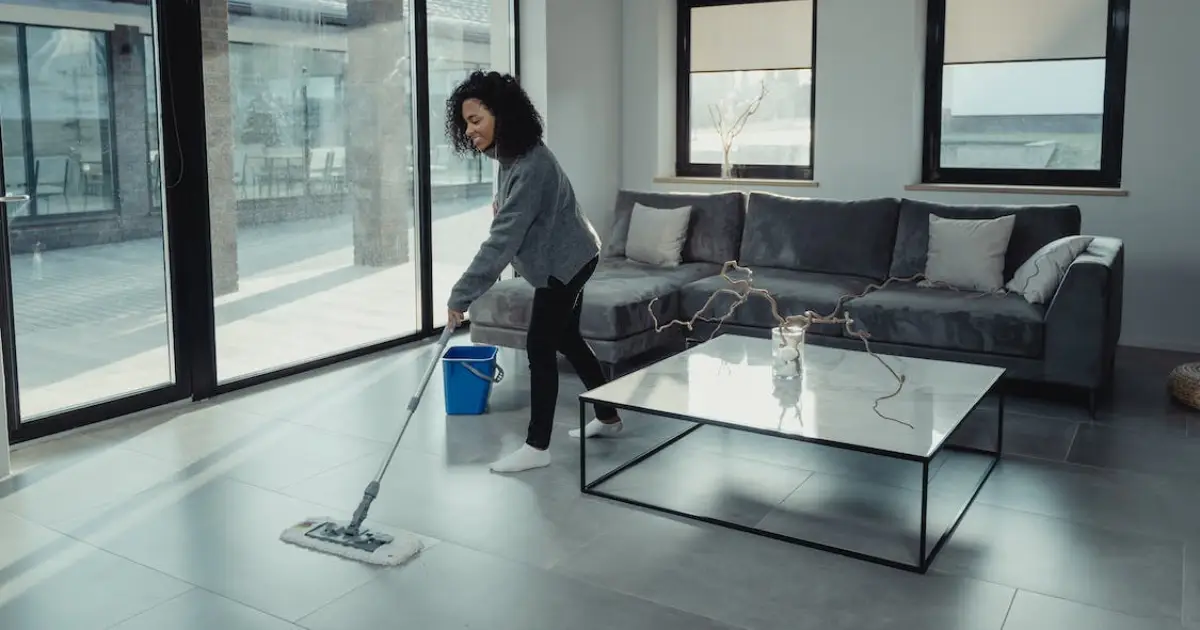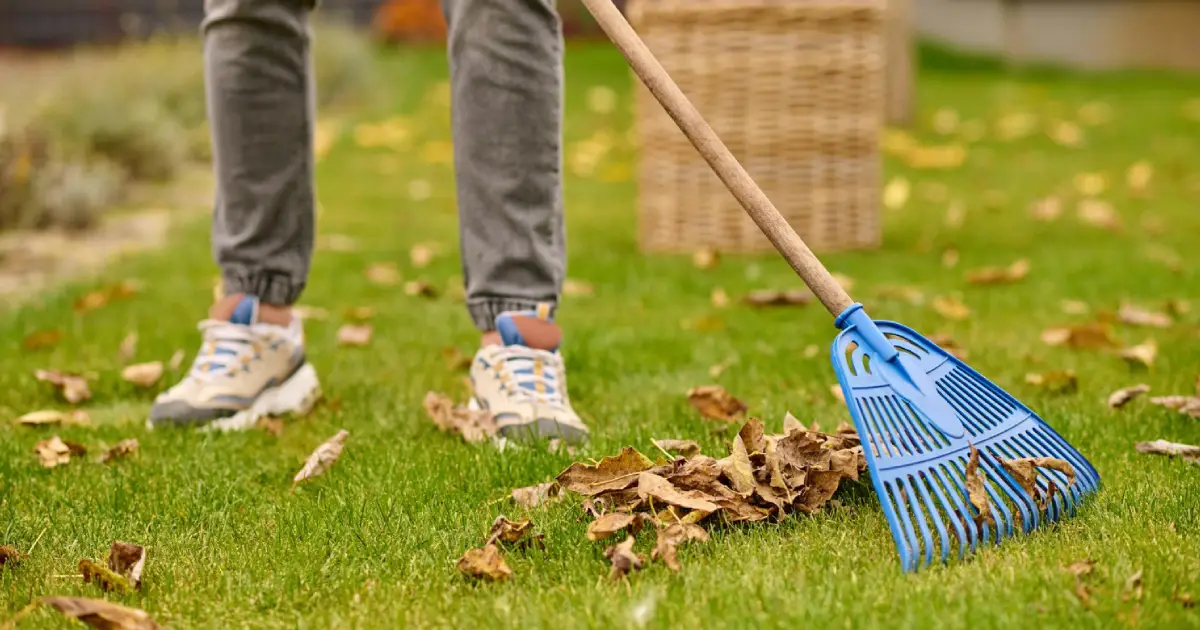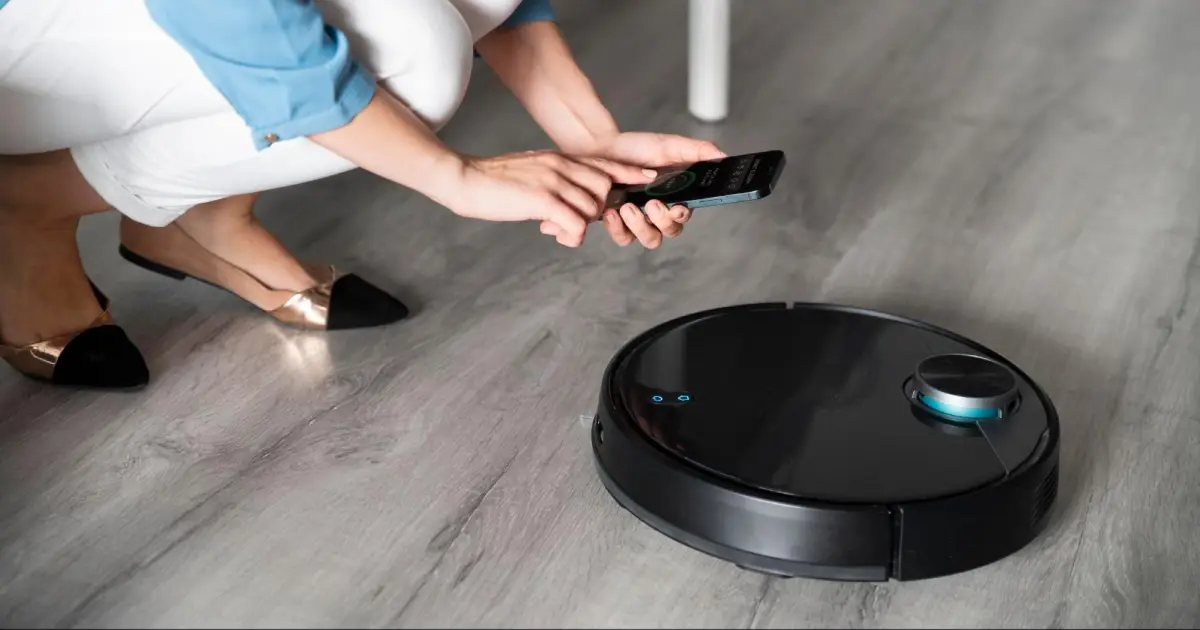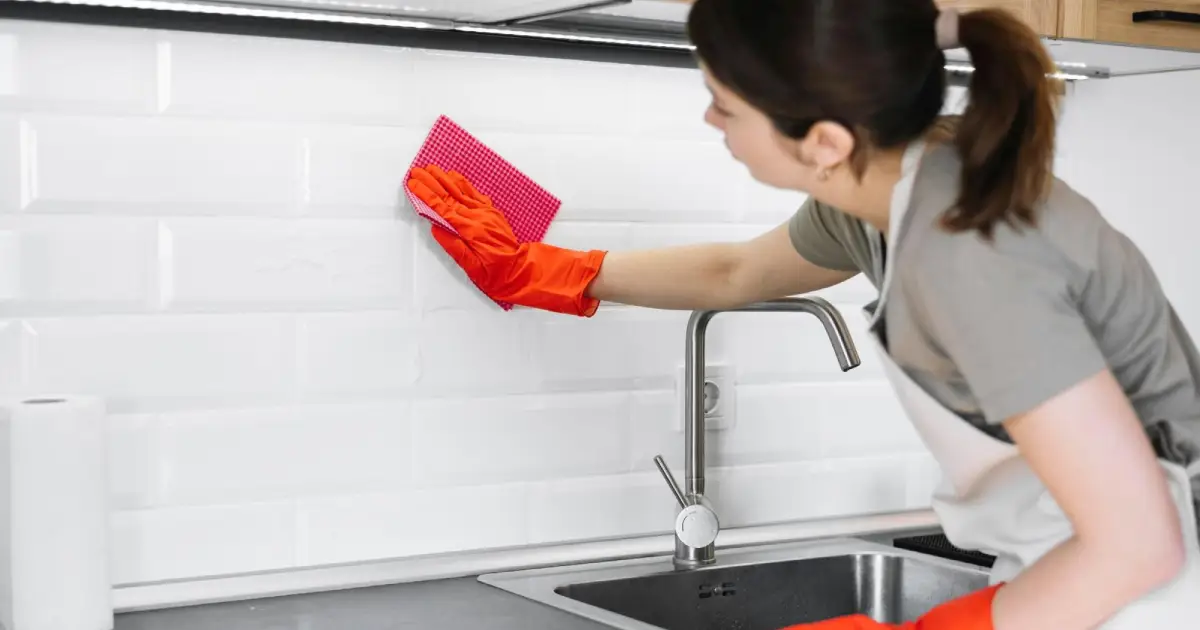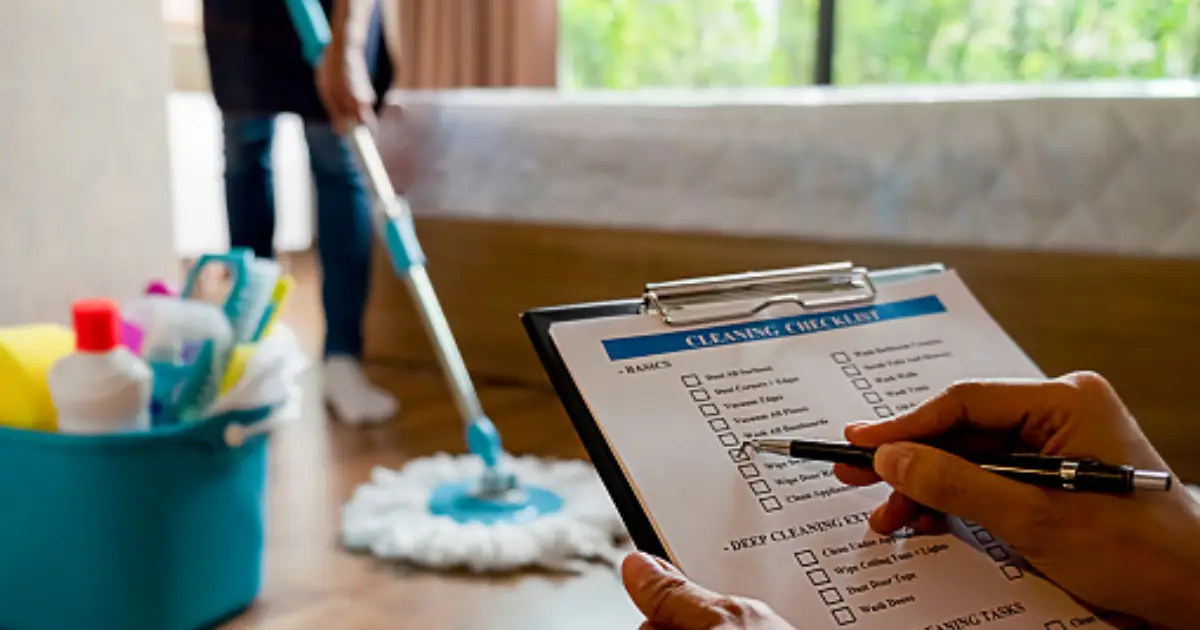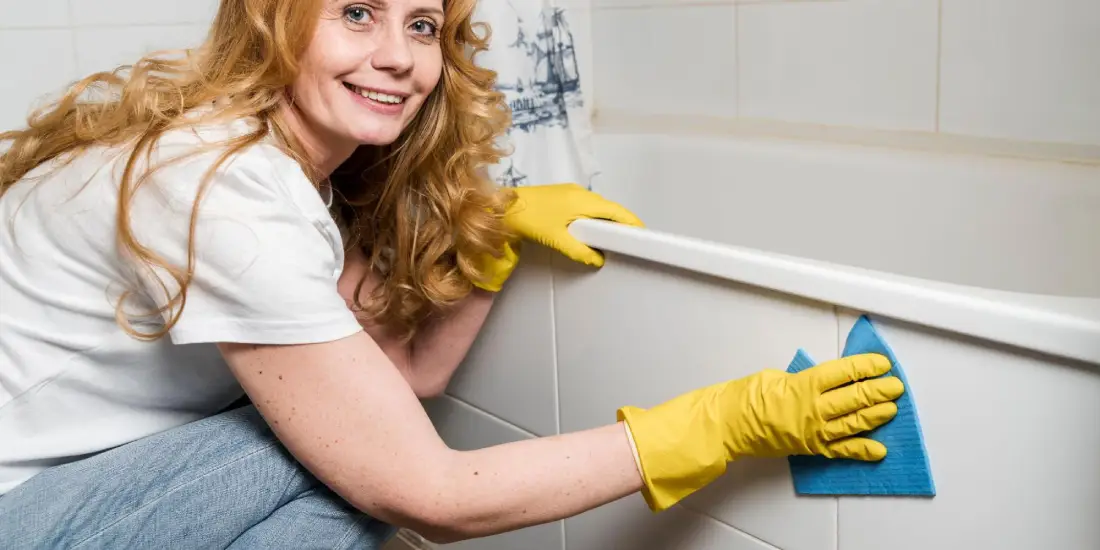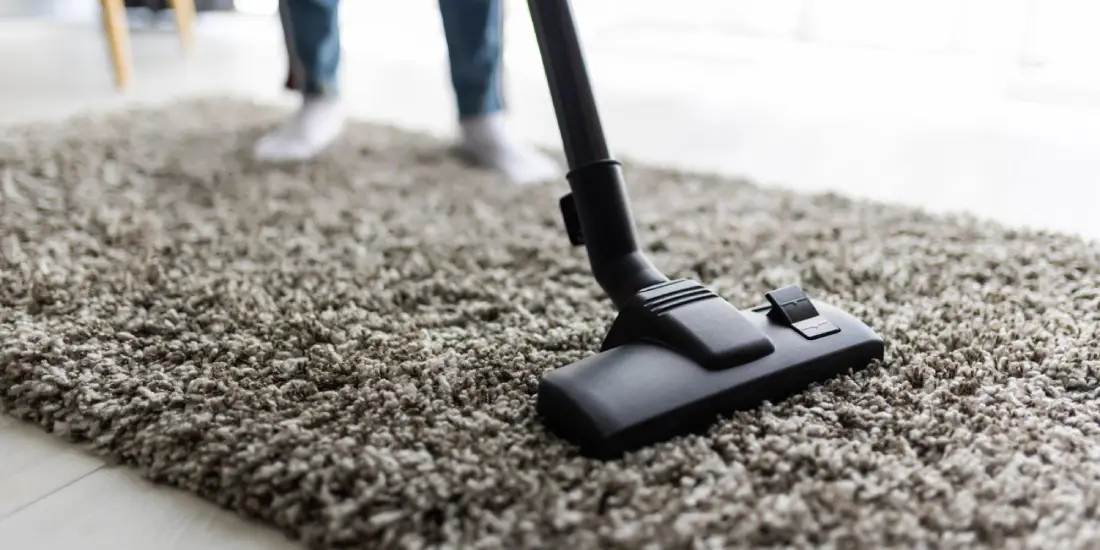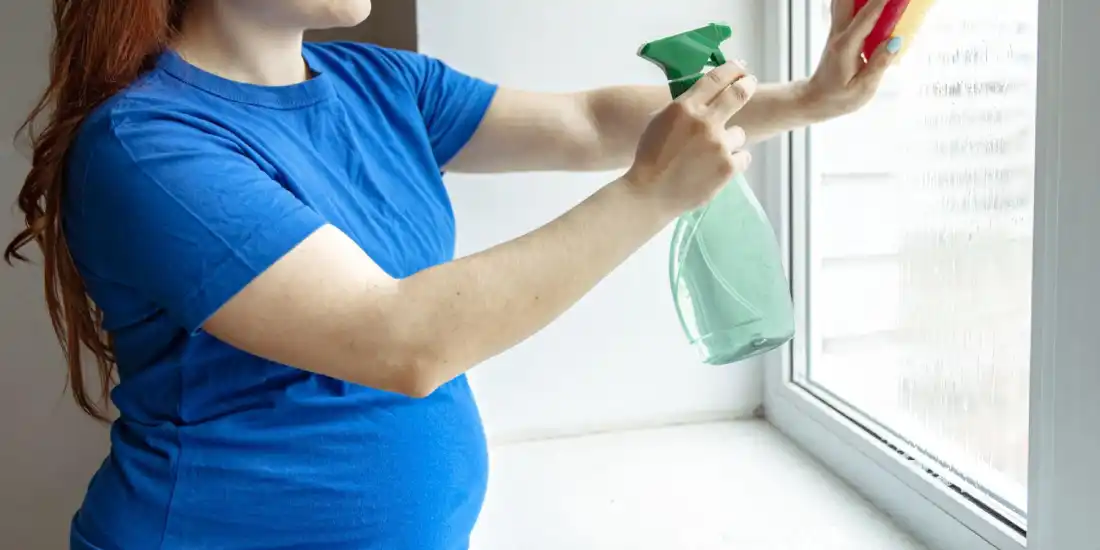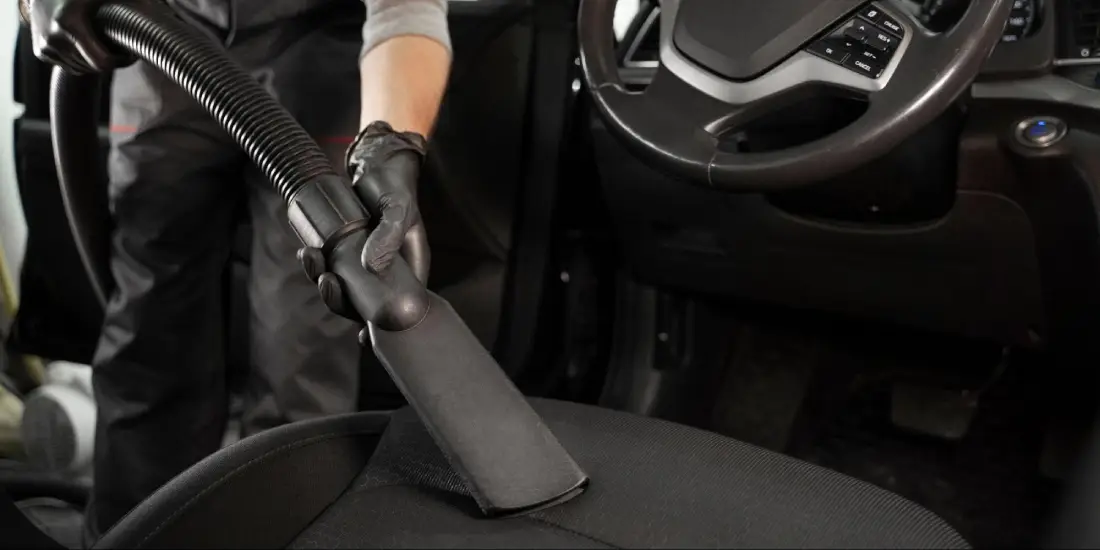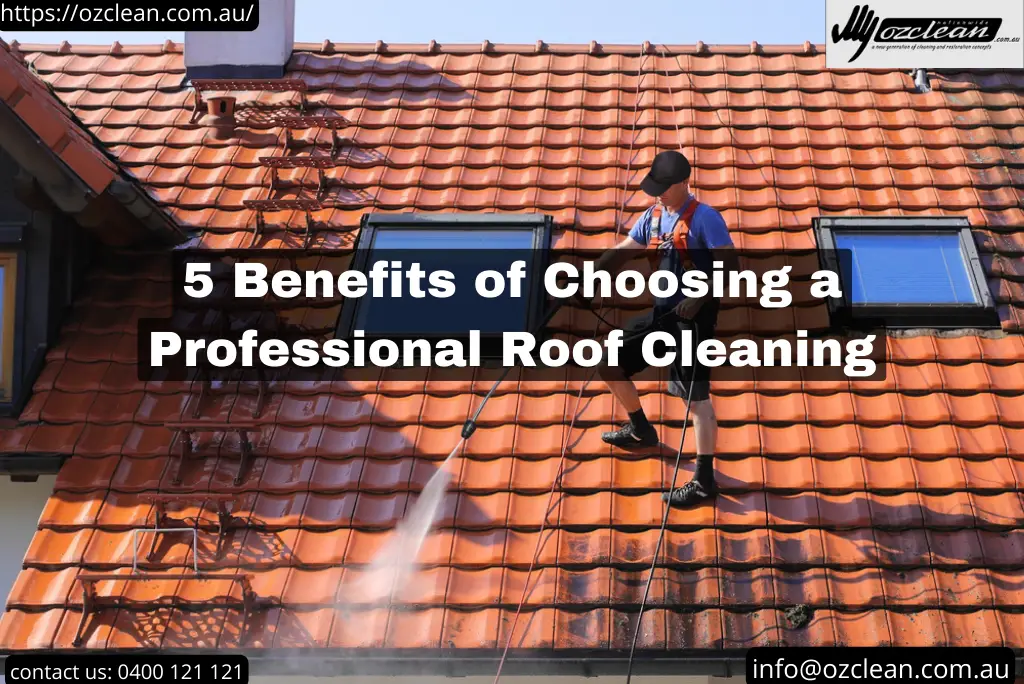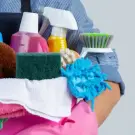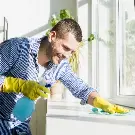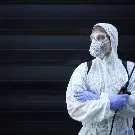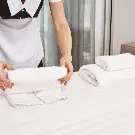
Introduction
Carpet cleaning is a chore many of us tackle to keep our homes looking fresh and clean. However, there's more to it than just removing stains and dirt. The cleaning products we use on our carpets can raise important questions about safety and potential risks. We will look at the health risks associated with these chemicals, red flags to look for when selecting cleaning products, their impact on indoor air quality, and safety precautions for families with children and pets. We will also go over eco-friendly alternatives and the role of professional cleaning services in ensuring your carpets are clean and safe. Stay tuned for useful insights and pointers on how to make your carpet cleaning experience safer and healthier for your family.
Are Carpet Cleaning Chemicals Harmful?
Common chemicals used in this process include carpet shampoos and detergents, often containing surfactants and solvents. Prolonged exposure or improper use of these chemicals can lead to skin and respiratory irritation, with some ingredients posing risks if ingested. Carpet stain removers, on the other hand, frequently contain potent solvents and oxidizing agents. Inhaling their fumes or skin contact can result in irritation or allergic reactions, emphasizing the importance of using them in well-ventilated areas. Carpet deodorizers, often enriched with fragrances and antimicrobial agents, may pose risks to individuals sensitive to fragrances, potentially triggering allergies or respiratory problems. Carpet disinfectants, typically featuring disinfecting agents such as quaternary ammonium compounds, can lead to skin and respiratory irritation when overexposed. Finally, carpet cleaning machines, which sometimes use detergents or solutions with hot water, can generate respiratory discomfort if the steam or mist is inhaled, particularly in poorly ventilated spaces. In all cases, proper usage, adherence to safety instructions, and adequate ventilation are essential to mitigate potential health risks associated with carpet cleaning chemicals.
Red Flags When Choosing Carpet Cleaning Products
It's important to follow these safety precautions when using carpet cleaning chemicals:
- Read Labels: Always read and follow the manufacturer's instructions and warnings on product labels.
- Ventilation: Ensure good ventilation when using these chemicals. Open windows and doors to allow fresh air to circulate.
- Protective Gear: Use appropriate protective gear, such as gloves and masks, to minimize direct contact with chemicals.
- Storage: Store chemicals in a cool, dry place, away from children and pets.
- Professional Help: Consider hiring professional carpet cleaners who are trained to use these chemicals safely.
Chemical Safety and Pets
Here's what you need to know to keep your pets safe
Residue and Drying
After you've cleaned your carpets with chemical cleaners, there may be residue left behind on the carpet fibers. This residue can transfer onto your pet's paws, fur, or skin when they walk or lie on the carpet. Additionally, if the carpet isn't thoroughly dried, it can trap moisture and create a breeding ground for mold and bacteria, which can be harmful to pets.
Ingestion
Pets are curious creatures and may lick or chew on carpets that have been cleaned with chemicals. If they ingest even a small amount of these chemicals, it can lead to gastrointestinal upset, drooling, and, in severe cases, more serious health problems.
Chemical Fumes
The fumes from some carpet cleaning chemicals can irritate a pet's sensitive respiratory system. Pets with asthma or other respiratory issues may be especially vulnerable.
Impact on Indoor Air Quality
Carpet cleaning chemicals can have a noticeable impact on indoor air quality, and it's essential to understand how they can affect the air we breathe in our homes. When you use these chemicals to clean your carpets, several things can happen:
Chemical Residue
Carpet cleaning products often contain various chemicals, such as solvents, surfactants, and fragrances. After cleaning, some of these chemicals may leave residue on your carpet fibers. Over time, this residue can become airborne, contributing to indoor air pollution.
Volatile Organic Compounds (VOCs)
Many carpet cleaning chemicals release VOCs into the air. VOCs are organic chemicals that can vaporize and linger in the indoor environment. Breathing in high levels of VOCs can lead to eye, nose, and throat irritation, as well as more severe health issues over time.
Allergens
Some carpet cleaning products may not effectively remove allergens like dust mites, pet dander, and pollen. Instead, they can redistribute these allergens into the air, exacerbating allergies and asthma symptoms.
Respiratory Irritation
The fumes from carpet cleaning chemicals can irritate the respiratory system. This can be especially problematic for individuals with pre-existing respiratory conditions like asthma or bronchitis.
Safe Practices for Families with Children
- Opt for carpet cleaning solutions labeled as safe for children and pets.
- Look for products with fewer chemicals and a low VOC content.
- Always read and follow the manufacturer's instructions on the product label.
- Pay attention to any warnings or precautions regarding children and exposure.
- Ensure good ventilation by opening windows and doors during and after cleaning.
- Use fans to help dissipate any lingering fumes.
- Ideally, have children stay out of the room being cleaned.
- If that's not possible, make sure they are at a safe distance from the cleaning area.
- Store carpet cleaning chemicals and supplies out of children's reach in a locked cabinet or on a high shelf.
- Use childproof locks if necessary.
- Use Child Safety Gates
- If you have toddlers, consider using safety gates to block access to areas where cleaning is taking place.
- After cleaning, keep children away from wet carpets until they are completely dry to prevent skin contact with chemicals.
Carpet Cleaning Chemicals 101
Cleaning products can generally be categorized into three pH levels: acidic, alkaline (also known as basic), and neutral. Each of these categories has its own unique properties and purposes.
Acidic Products
These products have a pH level lower than 7 on the pH scale, which ranges from 0 (highly acidic) to 14 (highly alkaline). Acidic cleaners are excellent for dissolving mineral deposits, rust, and stubborn stains like red wine or coffee. They are especially handy in bathrooms and kitchens.
Alkaline Products
Alkaline cleaning products have a pH level higher than 7. They are effective against organic materials like grease, oils, and proteins. Alkaline cleaners are often used in commercial settings for heavy-duty cleaning tasks.
Neutral Products
Neutral cleaners have a pH level close to 7, making them neither acidic nor alkaline. They are gentle on most surfaces and suitable for everyday cleaning tasks. These are often the go-to choices for routine carpet maintenance.
How to Choose the Right pH
- Organic Stains: Alkaline cleaners are your best bet. They break down protein-based stains, like food spills and pet accidents, effectively.
- Mineral Stains: Acidic cleaners are ideal. They can tackle mineral deposits from hard water or soil.
- General Cleaning: Neutral cleaners are versatile and safe for most carpets. They are suitable for routine maintenance and keeping your carpets looking fresh.
Eco-Friendly and Natural Alternatives
- 1. Baking Soda: Baking soda is a versatile and readily available natural cleaner. Simply sprinkle it over your carpet, let it sit for 15-30 minutes to absorb odors and loosen dirt, and then vacuum it up. It's great for neutralizing odors and refreshing your carpets.
- 2. Vinegar: White vinegar is a natural disinfectant and deodorizer. Mix equal parts of water and white vinegar in a spray bottle, then lightly mist your carpet. Blot it with a clean cloth or sponge to remove stains and refresh your carpet. Don't worry; the vinegar smell dissipates once it dries.
- 3. Hydrogen Peroxide: Hydrogen peroxide is another natural stain remover. Mix it with a small amount of water, apply it to the stain, and blot gently. Remember to do a spot test first to ensure it won't bleach or discolor your carpet.
- 4. Castile Soap: Castile soap is an eco-friendly, biodegradable soap that can be used for a variety of cleaning purposes. Mix a few drops of liquid Castile soap with water to create a gentle carpet cleaning solution. It's safe and effective.
- 5. Essential Oils: Essential oils like lavender, tea tree, or lemon can add a pleasant fragrance to your carpet while also providing some cleaning power. Mix a few drops of your favorite essential oil with water and use it as a carpet refresher in a spray bottle.
The Role of Professional Carpet Cleaning Services
The Importance of Professional Carpet Cleaning
- Thorough Cleaning: Professional carpet cleaners have the equipment and expertise to remove deep-seated dirt, allergens, and stains that regular vacuuming and DIY methods often can't reach.
- Health Benefits: Carpets can trap allergens and pollutants, affecting indoor air quality. Professional cleaning helps remove these contaminants, promoting a healthier living environment.
- Prolonged Carpet Life: Regular professional cleaning can extend the life of your carpets, saving you money in the long run by reducing the need for early replacements.
- Preserving Appearance: Carpets that receive professional care tend to look better and maintain their original colors and texture, enhancing the overall aesthetics of your space.
Choosing the Right Chemicals
When professional carpet cleaning services do use cleaning agents, they carefully select products that are safe for your specific carpet type and family members, including pets and children. They consider factors such as pH balance and compatibility with the carpet fibers to ensure effective yet safe cleaning.

Professional Cleaning Services in Gold Coast
book now
Recent Posts
-
![Comprehensive Guide to Bond Cleaning with Ozclean]()
A Comprehensive Guide to Bond Cleaning with Ozclean
January 18, 2024
Admin
-
![blog-thumbnail]()
-
![blog-thumbnail]()
The Complete Guide to Dog Hair Removal from Office Carpets
December 28, 2023
Admin
-
![blog-thumbnail]()
Winter Cleaning Tips For Outdoor Spaces
August 03, 2023
Admin
-
![blog-thumbnail]()
Robotic Vacuums: Advantages And Disadvantages
April 14, 2023
Admin
-
![blog thumbnail]()
Tips For Cleaning Your Kitchen Efficiently And Effectively
March 30, 2023
Admin
-
![blog-thumbnail]()
Room-by-Room Cleaning Checklists for an Efficient Clean
March 08, 2023
Admin
-
![blog-thumbnail]()
Effective Ways To Remove Rust Stains From Bathtub
January 31, 2022
Admin
-
![blog-thumbnail]()
5 Effective Carpet Cleaning Hacks
January 10, 2022
Admin
-
![blog-thumbnail]()
5 Cleaning Tips For Pregnant Ladies
December 27, 2022
Admin
-
![blog-thumbnail]()
6 Tips To Choose The Ideal Vacuum Cleaner For Your Car
December 13, 2022
Admin
-
![blog-thumbnail]()
5 Benefits When You Chose Professional Roof Cleaning
May 03, 2022
Admin

